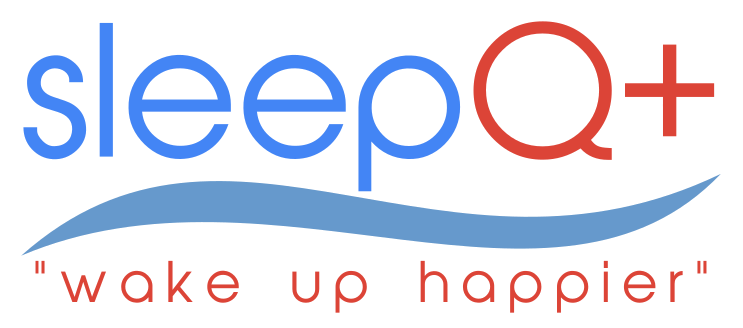February 17, 2020
Unlike humans, a horse breathes only through its nose when exercising. This means that the oxygen vital for working muscles is only available from the air passing through the nose.
A horse's respiratory system starts at the nostrils and ends at the lungs. It includes the upper airway and the lower airway. When a horse inhales, air passes through the tube-like upper airway beginning at the nostrils, through the nasal passages, past the throat, down the trachea, and then enters the lower airway: the lungs.
Once in the lungs, oxygen contained in the air passes out of the alveoli (tiny air sacs) into small blood vessels carrying red blood cells through the lungs. The oxygen binds to the red blood cells, which transport the oxygen to the heart and skeletal muscles to be used for producing energy for exercise.
The narrowest part of the upper airway is the nasal passages. During exercise over 90% of the resistance to breathing air into the lungs occurs in the upper airway, and over 50% of the upper airway resistance occurs at the nasal passages. That's why the nasal passages are critical for easy breathing.
During exercise a horse starts to breathe deeper and faster to bring more air into the lungs and to breathe carbon dioxide out. When galloping, about two five-gallon buckets (40 litres) of air move in and out of the horse's lungs every second.
Flow of air is critical because at a gallop a horse's breathing and stride are linked. That means a horse takes a single breath with each stride. As a horse moves faster, its legs don't move faster, but rather the horse extends the length of its stride.
High-intensity activities, combined with a narrow nasal passageway put extra pressure on the horse and often result in a haemorrhage in the lungs, as it can generate a negative pressure in its lungs.
HUMANS ARE DIFFERENT- WE HAVE AN ADVANTAGE.
Unlike horses, we have two air passageways to our lungs: the nose and the mouth. Breathing through the mouth is only necessary when you have nasal congestion due to allergies or a cold and when you are exercising strenuously to help get oxygen to your muscles faster, as in highly intensive athletic performance.
The nose acts as a filter and retains small particles in the air, including pollen and breathing through the nose produces a gas called Nitric Oxide, which improves the lungs’ ability to absorb Oxygen and transport it throughout the body, including inside the heart. Breathing through the nose relaxes vascular smooth muscle and allows blood vessels to dilate. Nitric Oxide, is antifungal, antiviral, antiparasitic and antibacterial. It helps the immune system to fight infections.
Breathing through the nose adds moisture to the air you breathe and prevents dryness in the lungs and bronchial tubes. The nose also humidifies and warms cold air to body temperature before it gets to your lungs and adds resistance to the air stream to increase oxygen uptake by maintaining elasticity of the lungs.
Mouth breathing does not produce nitric oxide or filter, warm and humidify your air intake. Every minute you spend breathing through your mouth you are not looking after your health.
ARE YOU A MOUTH BREATHER?
You may not be aware that you are breathing through your mouth instead of your nose, especially while you sleep. People who breathe through their mouth at night may have the following symptoms:
Snoring, Sinus pain, Nasal Congestion, Sleep Apnea, Dry mouth, Hoarseness, Chronic Fatigue, Waking up Tired and Irritable, Brain Fog, Dark Circles under the eyes, and an unhappy bed partner.
Chronic mouth breathing can also cause bad breath, (xerostomia), gum disease, and worsen symptoms of other illnesses. In children, mouth breathing can cause crooked teeth, facial deformities or poor facial growth.
An extensive sleep study of 1000 American adults revealed that mouth breathing disrupts sleep more than anything except stress: Mouth Breathing impacts the quality of sleep (64 percent) nearly as much as stress (69 percent) – the most common sleep disrupter. The most common signs of Mouth Breathing reported were being woken by night time Nasal Congestion (75 percent) waking up with a Dry Mouth (61 percent) and Snoring (37 percent).
Every time your mouth opens while you are trying to sleep you increase your chances of waking up and spending less time in deep sleep, restorative sleep.
Updated 17 February 2020
Comments will be approved before showing up.
March 09, 2025
There is extensive scientific research that supports the link between mouth breathing and sleep disorders.
The nose is nature’s design to deal with air intake. (1) Mouth breathing is linked to reduced exercise capacity (2), snoring, sleep apnea, (3) sleep disorders and attention deficit hyperactive disorder (ADHD) (4) sinus congestion, facial abnormalities (5), allergies, asthma, dental crowding and crooked teeth. (6)
October 21, 2022
July 20, 2022
